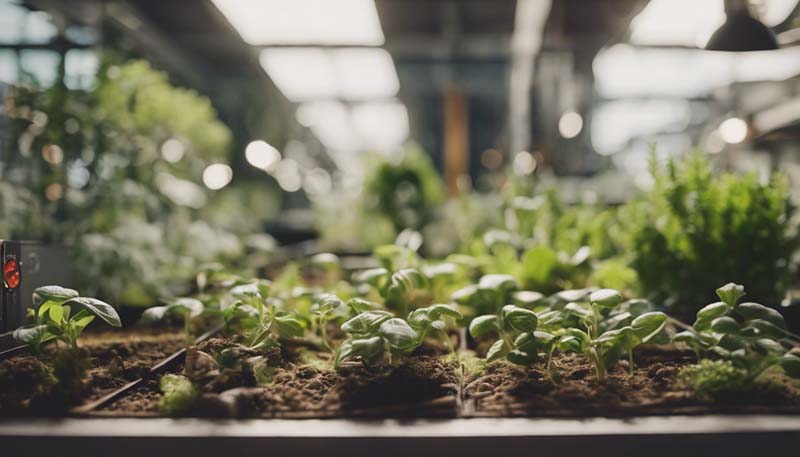The Role of Indoor Gardening in Climate Change Mitigation
Climate change is one of the most pressing issues of our time, with far-reaching consequences for the environment and human societies. As global temperatures continue to rise, the search for effective mitigation strategies becomes increasingly urgent. One often-overlooked approach is the practice of indoor gardening, which can contribute to climate change mitigation in several significant ways.
Introduction to Indoor Gardening
Indoor gardening refers to the cultivation of plants within an enclosed space, such as a home, office, or dedicated indoor garden. This method of gardening offers numerous benefits, including year-round growing conditions, protection from harsh weather and pests, and the ability to grow a wide variety of plants in a controlled environment.
Advertisement
Mitigating Climate Change Through Indoor Gardening
1. Reduction of Greenhouse Gas Emissions
One of the primary ways indoor gardening can help mitigate climate change is by reducing greenhouse gas emissions. Indoor gardens often require less energy for heating and cooling than traditional outdoor gardens, especially in extreme climates. Additionally, the act of gardening itself can absorb carbon dioxide (CO2) as plants photosynthesize, contributing to a reduction in atmospheric CO2 levels.
2. Conservation of Water Resources
Indoor gardens typically use less water than outdoor gardens, as they are not subject to evaporation or runoff. Careful management of water resources within an indoor garden can lead to significant water savings, which is particularly important in areas experiencing water scarcity or drought.
3. Supporting Biodiversity
Indoor gardens can support biodiversity by providing a safe haven for a variety of plant species that might struggle to survive in outdoor conditions affected by climate change. By nurturing a diverse range of plants, indoor gardens can contribute to the preservation of genetic diversity within plant species.
4. Reducing Food Miles and Carbon Footprint
Growing food indoors can significantly reduce the carbon footprint associated with food production and transportation. By growing herbs, vegetables, and fruits at home, individuals can reduce the distance that food travels from farm to table, known as "food miles," thereby decreasing the associated greenhouse gas emissions.

5. Educating and Raising Awareness
Indoor gardening can serve as an educational tool, raising awareness about the importance of sustainable living and the impact of climate change on our planet. As more people engage in indoor gardening, they become more conscious of their environmental impact and may be inspired to adopt other sustainable practices.
Challenges and Solutions in Indoor Gardening
While indoor gardening offers numerous benefits for climate change mitigation, it also presents some challenges, such as the need for artificial lighting and controlled environments, which can consume energy. However, these challenges can be addressed through the use of energy-efficient LED grow lights, passive solar design, and other sustainable technologies.
Conclusion
Indoor gardening is a powerful tool in the fight against climate change, offering a range of benefits from reducing greenhouse gas emissions to supporting biodiversity. As the impacts of climate change continue to escalate, it is essential to explore and embrace innovative solutions like indoor gardening that can contribute to a more sustainable future.
Word Count: 300 words
For a more comprehensive exploration of the topic, consider expanding on each section to provide a deeper analysis, additional examples, and a more detailed discussion of the various technologies and practices involved in indoor gardening and climate change mitigation.
Comment